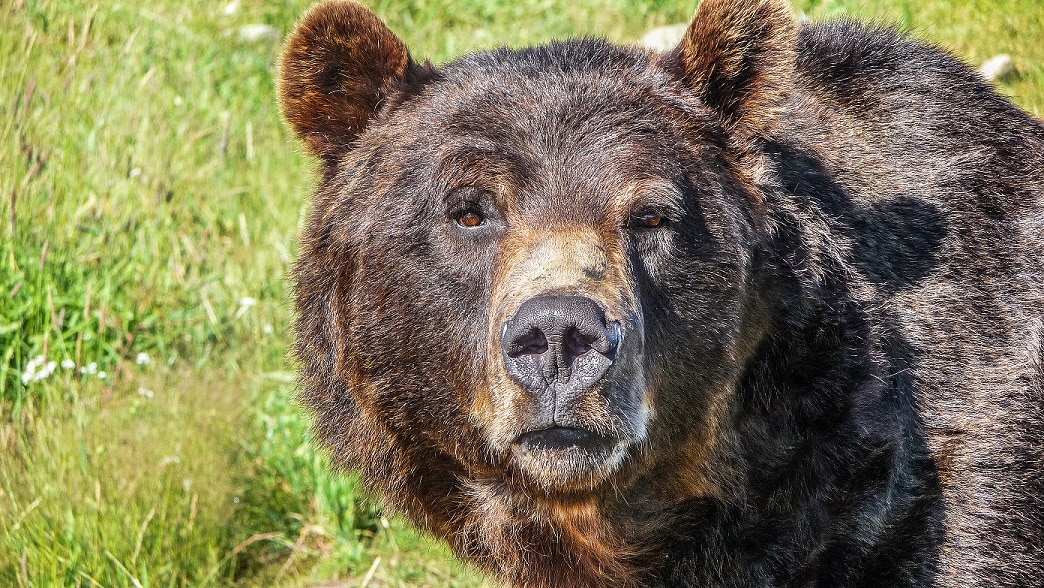On July 10, 2012, two Yukon Government employees were being transported by helicopter during a project involving the collection of grizzly bear hair samples. Regrettably, the employees were injured during an attempted landing. As a result of the accident, they commenced a lawsuit against Horizon Helicopters, the owner and operator of the helicopter.
In many jurisdictions across Canada, Workers’ Compensation legislation provides a “statutory bar”, which prevents one worker from pursuing a lawsuit against another worker or against an employer when he or she is injured while in the course and scope of employment (i.e. while working). Instead, the worker must apply for WCB benefits. Under Yukon legislation, a worker may choose whether to apply for WCB benefits or pursue a lawsuit if the work-related injury arose from the use and operation of a vehicle. A vehicle is defined as being any mode of transportation (such as a helicopter), the operation of which is protected by liability insurance. As required by Federal regulations, Horizon’s helicopter was insured by a liability insurance policy. Therefore, the Yukon Government employees were permitted to pursue a lawsuit against Horizon for damages.
In responding to the claim, Horizon asked the court to rule that the Yukon Workers’ Compensation Act (the “Act”) only allowed the Plaintiffs to recover an amount equal to the limit of Horizon’s insurance policy.
On a first review of the issue, a Yukon Judge found that there was no ambiguity in the wording of the Act. The court refused to interpret the legislation in the manner suggested by Horizon. Unlike a similar provision in the Northwest Territories (and Nunavut), there was no specific language limiting recovery to the employer’s insurance policy limit, and therefore the Judge found that the Act does not limit the maximum liability of an employer or worker. On appeal, the Yukon Court of Appeal unanimously agreed (click here for decision).
This decision makes it clear that Yukon operators of fixed-wing and rotary aircraft may themselves be exposed to claims for damages which exceed their policy limits in circumstances where one or more “workers”, other than their own employees, are injured or killed as a result of an accident involving the use or operation of their aircraft. Depending upon the size and use of aircraft, operators should carefully consider the amount of coverage they have and consider the need to increase policy limits. Whereas in most jurisdictions of Canada, operators will be protected against claims being brought against them by “workers” by reason of a WCB statutory bar, Yukon does not provide the same protection.


